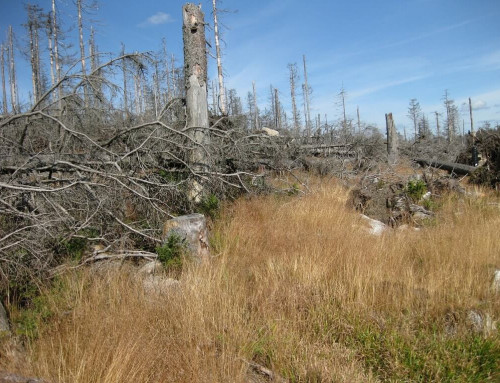
Image credit fanshare.com
ZIMSEC O Level Geography Notes: Drainage Patterns.
- Drainage pattern is a term that refers to the way in which a river and its tributaries arrange themselves in the drainage basin.
- The drainage pattern evolves over a long period of time and is affected by such factors as the underlying rock, the slope of the land, the existence or nonexistence of faultlines and tectonic movements.
- The most common drainage patterns are: trellis, dendritic, radial, centripetal and parallel.
Trellis

Trellis drainage. Image credit wvc.edu
- Sometimes known as rectangular drainage pattern.
- It is formed where streams join the main river at right angles.
- The trellis pattern develops in areas of alternate hard and soft rocks.
- The main river (also known as the consequent stream) follows the dip of the rocks down the slope after an initial uplift.
- The tributaries (also known as the subsequent streams) which develop along the soft rock join the main stream at right angles.
- These tributaries are at times joined by their own tributaries at more or less right angles.
- Streams that flow against the dip of the rock strata are called obsequent streams.
- In Zimbabwe Trellis drainage is found in the Chimanimani mounts.
- Trellis drainage also occurs along fault lines and rectangular joints.
- In eroded fold mount areas.
- Due to headward erosion by streams.
Dendritic

Image credit wvc.edu
- The word dendritic comes from the Greek dendron meaning tree.
- In dendritic drainage patterns the streams join one another in a shape that looks like the branches of a tree.
- These streams eventually end up as one big river (the trunk).
- The tributaries join each other at acute angles.
- It is commonly found in areas with a uniform rock structure resulting in uniform erosion.
- It is also found in areas which have gentle slopes.
Radial

Image credit wvc.edu
- Is formed where streams drain from a central highland in all directions.
- It is also known as centrifugal and divergent drainage.
- It is common in areas with conical hills and/or domes for example volcanic cones and other conical landforms.
- Streams radiating from these areas can later end up forming other patterns as the flow downstream and meet up with other tributaries.
- In Zimbabwe these type of drainage pattern is found in areas that have granite domes still covered by soil.
Centripetal or convergent drainage

Convergent Drainage
- Is found in areas where rivers drain towards a central inland lake, swamp or depression.
- It is in essence an inland drainage system e.g. as in the case of the Dead Sea.
- It is common in inland depressions such as faulted intermontane (between mountains) basins, calderas as well as in arid and semi-arid areas.
Parallel.

Parallel drainage. Image credit MediaWiki
- Rivers and tributaries flow downhill together in a more or less parallel pattern.
- It is the simplest and most basic drainage pattern.
- It occurs on newly uplifted land or land that is gently sloping allowing rivers and tributaries to flow in parallel channels.
- Examples include the Zambezi and its tributaries.
To access more topics go to the Geography Notes page.



